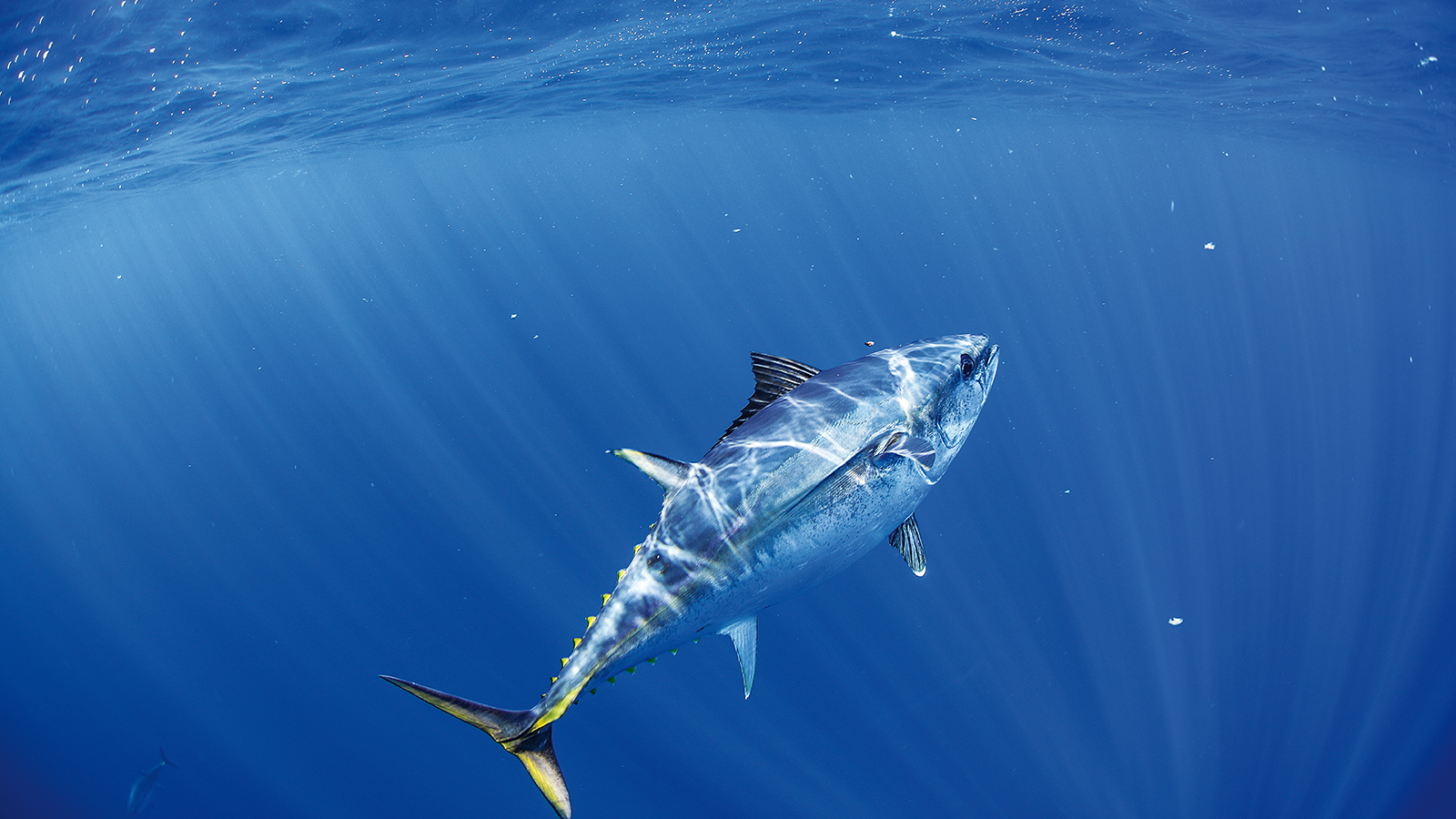Developing a comprehensive understanding of the movement patterns and stock structure of a fish species is crucial for identifying the appropriate scale and strategy for management.
In south eastern Australia, there are several adjacent Snapper fisheries operating in South Australian (SA), Victorian and Commonwealth waters that are managed using different strategies. The SA fishery, currently Australia’s largest Snapper fishery, is divided into contiguous regions whose relative contributions to total catch have changed dramatically in recent years. The extent to which these different regional or jurisdictional populations represent a single or multiple stocks is poorly understood because of the limited understanding of the patterns of fish movement. For example, have the recent high catches of Snapper from Northern Gulf St. Vincent and South East resulted from high levels of biomass built up through local demographic processes or have fish moved in from adjacent regions or possibly even from Victorian or Commonwealth waters? If large-scale movement is involved, it must be temporally complex as it appears to not conform to a regular, annual pattern. The need here is to elucidate the regions of origin and movement patterns of fish that currently contribute to high regional catches in SA to inform about the demographic processes that drive the spatial and temporal variation in fishery productivity. This will point to the appropriate spatial scale for management. It would also provide insight for resource allocation amongst the different fisheries, which is currently being considered by AFMF to improve resource sharing arrangements for Snapper.







